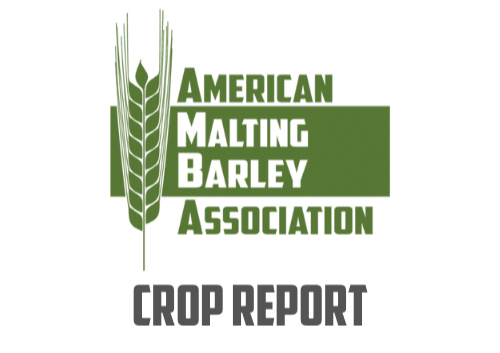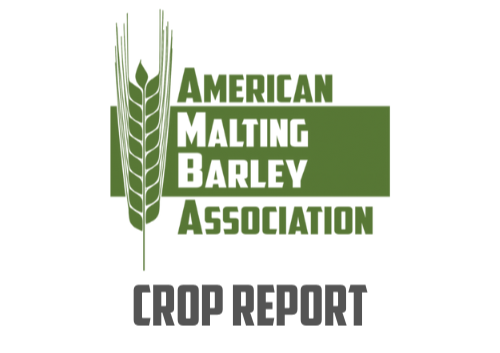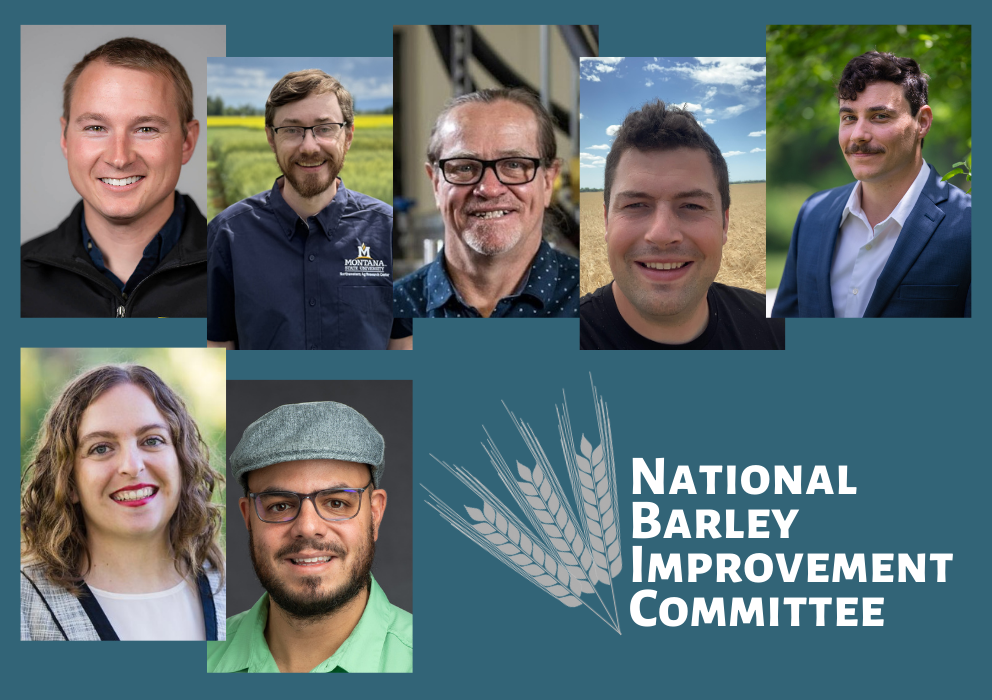.png)
Historical vs. Modern Varieties: Redefining Malt Barley Nitrogen Needs in Idaho
Image above shows the visual response of malt barley to increasing amounts of fertilizer nitrogen.
Authors: Christopher W. Rogers, Chanchal Pramanik, Gongshe Hu, Juliet M. Marshall, David Tarkalson, Patrick Hatzenbuehler, and Chris Evans (USDA-ARS and University of Idaho)
Key Findings:
- Calculated nitrogen rates were at least 25% lower than the current recommendation amounting to potential savings of $8-14 million annually in Idaho.
- Older varieties were lower-yielding with a CNS range of 105–135 lb N-supply/acre.
- Modern varieties were higher-yielding with a CNS range of 125–160 lb N-supply/acre.
- With optimal irrigation grain protein rarely exceeded malting targets of 12.8% at CNS.
Idaho produces nearly 40% of the United States barley crop. Most of this is grown under irrigation and destined for national and international malting and brewing markets. This level of productivity has been made possible through improvements in varieties and agronomics. While breeding and agronomics have steadily advanced barley quality over the past century, one major question remained unaddressed:
How much nitrogen is needed to achieve yield goals and maintain quality?
We researched this question from 2015 to 2019 across areas of the Snake River Plain in Idaho using older (Klages and Harrington) and modern (Gemcraft, Merem, Moravian-69, and Voyager) varieties. Studies investigated barley response to increased N-supply (soil-N + fertilizer-N) and determined the Critical Nitrogen Supply (CNS) – the point where increased N-supply no longer increases yield.
Why This Matters: Improved productivity and farm economics - lower nitrogen inputs can reduce grower fertilizer in Idaho without compromising malting quality.
Take-home Point: Strategic breeding and smarter nitrogen use are not only agronomic wins—they are part of a more resilient supply chain for high-quality malt. Continued research on these topics will help ensure that barley is grown efficiently, economically, and with end-use quality in mind.
Download the fact sheet produced by this study here, which includes additional charts.
Rogers, C. W., Pramanik, C., Hu, G., Marshall, J. M., Tarkalson, D. D., Hatzenbuehler, P. L., & Evans, C. (2025). Irrigated malt barley nitrogen management: Insights from historical and modern cultivars. Soil Science Society of America Journal, 89, e70124. https://doi.org/10.1002/saj2.70124








